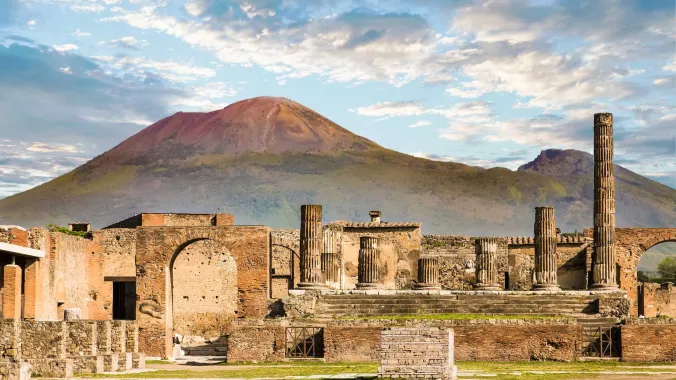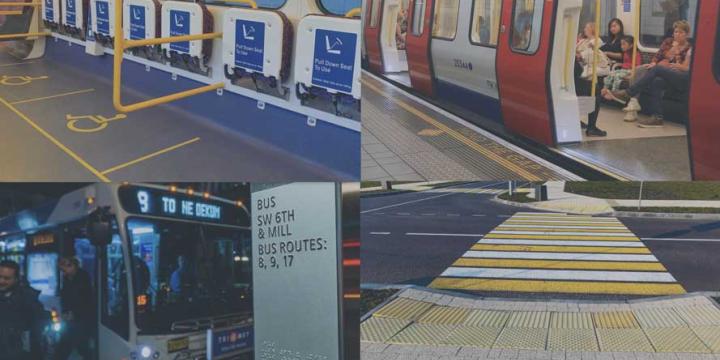Course Info
8 video lessons (53 Mins)
Published
2019Trending
-
4.35
Preview Course
Browse Course Chapters
-
1.Introduction
3 mins
-
2.Cities Emerge
5 mins
-
3.Greco-Roman Planning
4 mins
-
4.Pre-Industrial Cities (500 AD to 1780 AD)
17 mins
-
5.Welcome to the Anthropocene: The Modern City Emerges (1780 AD to 1848 AD)
8 mins
-
6.Urban Revolutions I: Planning As a Crucial Discipline to Respond to Urban Change (1848-1900)
7 mins
-
7.Urban Revolutions II: Planning As a Crucial Discipline to Respond to Urban Change (1848-1900)
4 mins
-
8.Fin de siècle – Cities at the Cusp of the 20th Century
2 mins
What You Will Learn
Understand the evolution of contemporary planning by comparing previous movements and the origins of modern design, social reform, policies, and politics.
Identify key global shifts in the cultural, economic, political, and industrial relationships and hierarchies between and across different cities.
Recognize how city planning as a discipline emerged from the ideas of writers, politicians, architects, designers, and social reformers.
Compare and contrast the ways that technology and innovations change cities and the way planners must plan for cities, from the aqueduct to the railroad and the automobile.
Critically evaluate how historical planning movements succeeded, but also how they failed, and how and why some cities rose and fell over time (and the relevance of these lessons for cities today).
Recognize and assess the relationships between planning, the economy, politics, and society—the way that industrial innovation gave rise to revolutions and transformative social movements—and link those relationships to the contemporary urban world.
Course Description
We live in an urban world where more than half of humanity lives in urban areas. The practice of city planning has become crucial to preparations for the urban future and the development of both developed and up-and-coming cities. To understand how to most effectively move forward, we must first go back to the origins of cities and understand the history of urban planning and the development of city planning as a modern practice.
"Introduction to City Planning 1: Ancient Times to the Modern Age (7,500 BC to 1900)" explores the early history of urban planning, the development of the city, and the formation of city planning as a practice, from ancient times (7,500 B.C.) up to the birth of the modern city and the official birth of urban planning as a practice and school of study in the late 19th century.
In this course, the first in a series of urban planning courses focused on the history of city planning, instructor Jason Luger explains the reasons for the formation of what is considered to be the 'first' city, Catal Hayuk, located in modern-day Turkey. The course follows the history of city planning, showing what we can learn about early cities from the ruins of the temples at Angkor Wat. The course continues, exploring the formation of Tenochtitlan, Rome, and Athens, and concludes in Manchester’s factories and Chicago’s railyards.
Students will learn about key developments, innovations, and debates in city planning in ancient times, such as how to deal with sanitation and public space; the advent of the boulevard and the grid street system; and the dramatic and, in some cases, violent urban transformation of the industrial revolution. The course provides an overview of the birth of reform movements and the ways that “planning” began to bring architects, politics, writers, theorists, and social activists together into a coherent discipline, practice, and field of study: city planning.
Learn these skills
- History
- Urban Design
AICP CM
This course is approved for 1 AICP CM credit.
AIA CES
This is 1 LU.CNU-A
This course is approved for 1 CNU-A credit.
SACPLAN CPD
This course is approved for 1 SACPLAN CPD point.



























